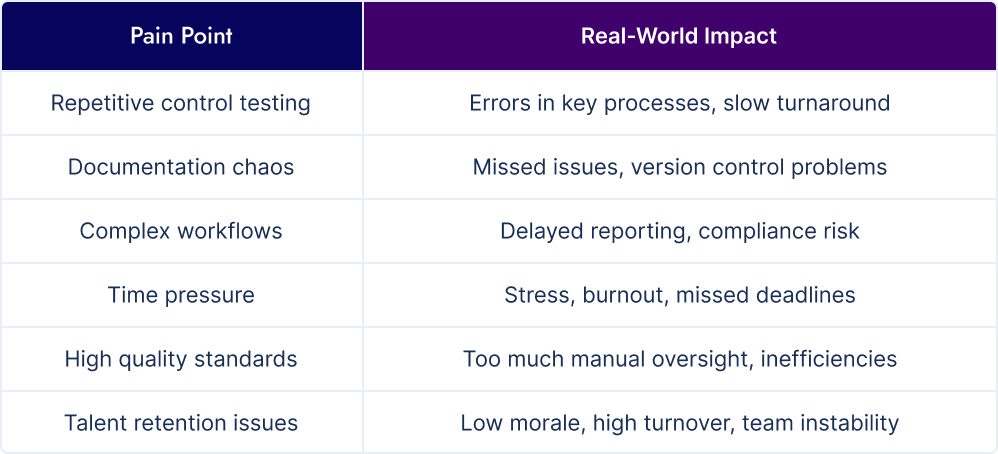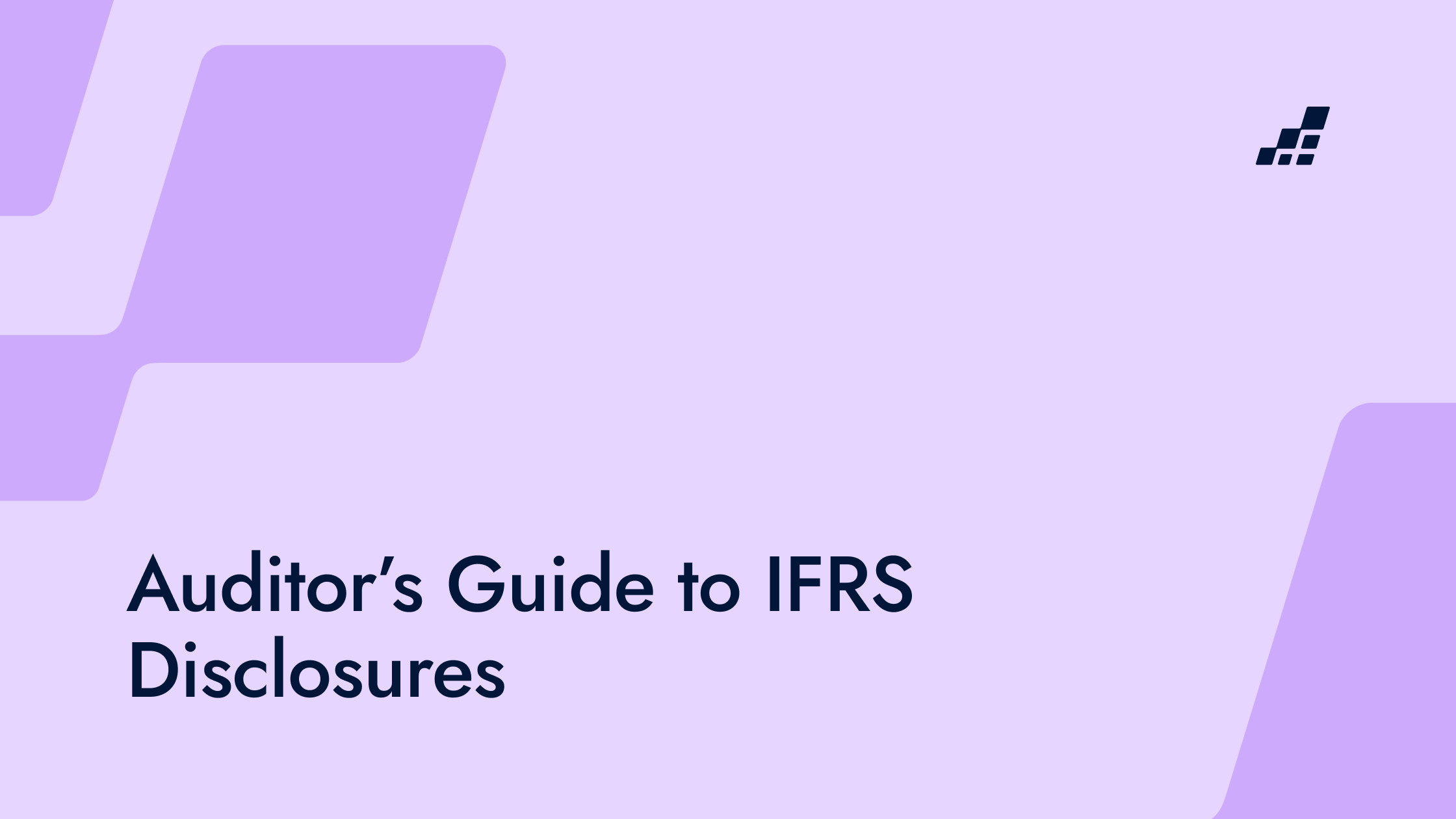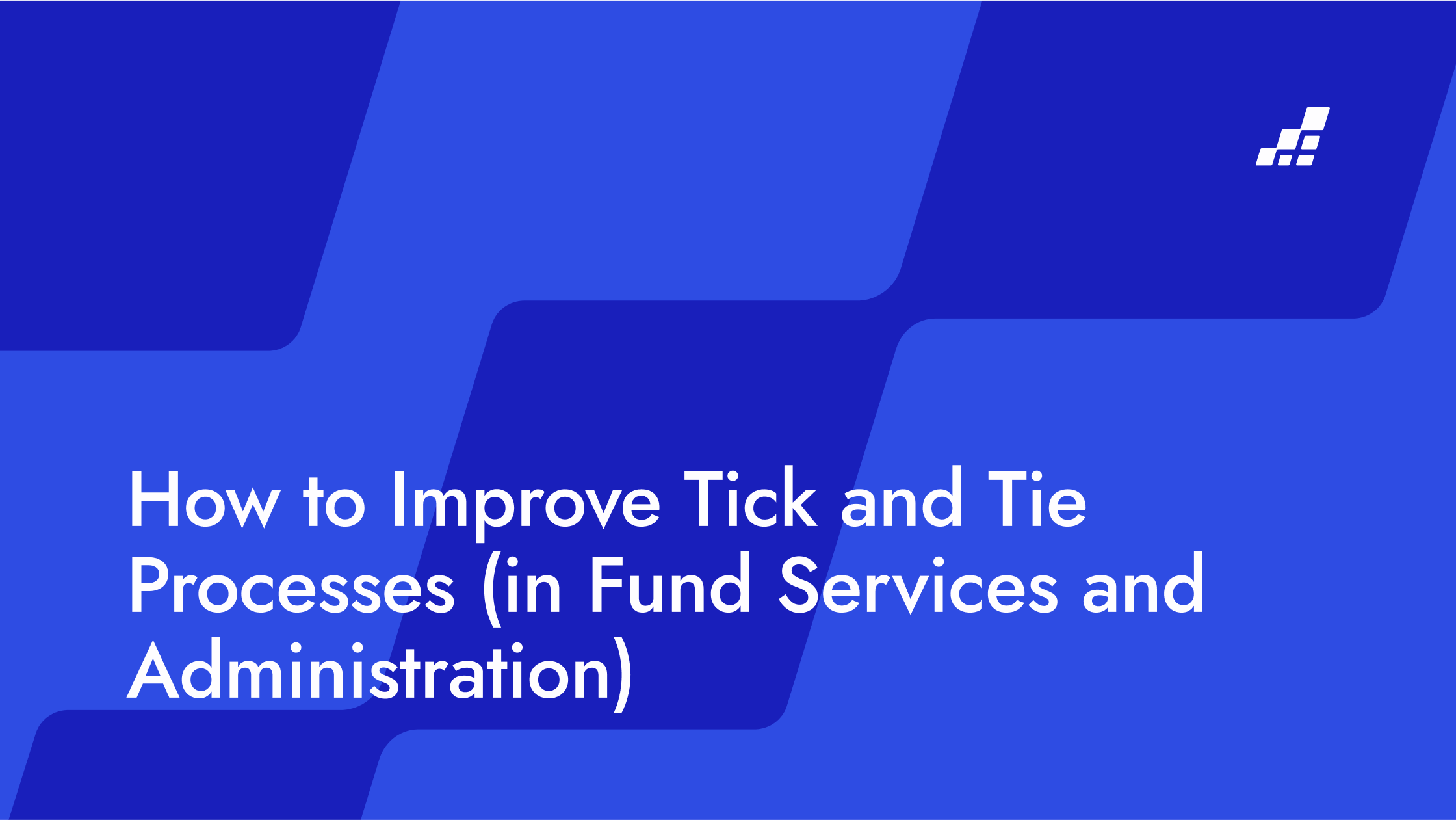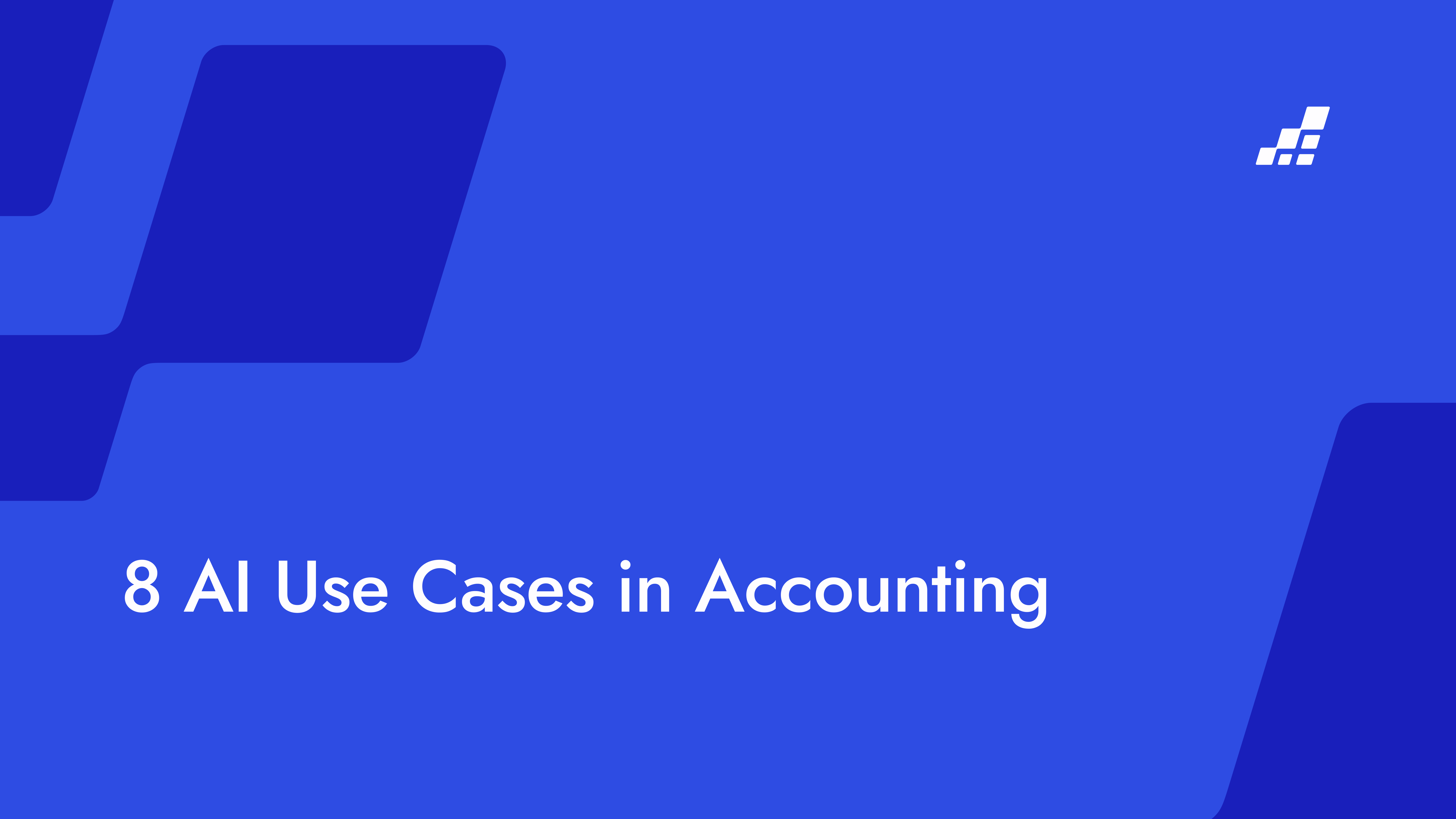- /
- Blog
How Document Review Software Eliminates Workflow Bottlenecks in Audit and Finance
.png)
For modern audit, finance, and investment teams, the pace of business has never been faster — or more unforgiving. While functions like sales and marketing benefit from seamless SaaS workflows and AI copilots, financial professionals are still spending their days toggling between spreadsheets, PDFs, and static folders labeled “FINAL_FINAL_v3.”
Sound familiar?
If so, you're not alone. Document-based workflows are becoming the #1 bottleneck for high-stakes, high-speed teams. And it's not just annoying — it's risky.
Let’s unpack why document review is broken, how it’s dragging your team down, and what forward-thinking firms are doing to fix it.
Why Manual Document Review Software Slows Finance Teams Down
In audit, private equity, venture capital, and corporate finance, documentation isn't just busywork. It’s foundational — critical to compliance, reporting accuracy, investor trust, and audit readiness.
Yet across these industries, document workflows are cracking under pressure.
Here’s what that looks like:
1. Repetitive, Manual Tasks Are Eating Hours
Professionals are spending valuable time on:
- Re-keying data between Excel and PDFs
- Linking control evidence manually
- Validating documents line-by-line
This isn’t just inefficient — it’s risky. According to the eBook Escaping the Document Dilemma, “manual control testing doesn’t just waste time — it introduces risk.”
2. Documentation Chaos Is Eroding Accuracy
Without a centralized system, files live across drives, inboxes, and shared folders. That leads to:
- “Error blindness” from cluttered, unstructured data
- Lost hours searching for the correct version
- Duplicated work and inconsistent formats
It’s no surprise that 70% of internal auditors say excessive documentation demands slow down audits and reduce efficiency, according to Protiviti's 2021 Next-Generation Internal Audit Survey.
3. Complex Review Cycles Introduce Delays
Reviewing, reconciling, and signing off documents often means:
- Endless back-and-forth emails
- Rebuilding audit trails from scratch
- Version confusion during peak deadlines
These fragmented workflows are leading to delayed reporting, compliance gaps, and team burnout.
4. Time Pressure + High Standards = Burnout
It’s not just the volume of work — it’s the stakes. Every document must be:
- Fully validated
- Traceable and review-ready
- Updated in line with ever-changing regulations (GAAP, ESG, GDPR, etc.)
And yet, the support tools remain stuck in the past.
Why This Bottleneck Is Getting Worse, Not Better
You’re probably feeling it already:
- Talent shortages are real — with 39% turnover among finance professionals aged 18–38, according to The Institute of Management Accountants.
- Documentation standards are increasing, not easing.
- Automation adoption is lagging — only 17% of PE firms say their due diligence workflows meet expectations, as seen in Accenture’s 2024 Report.
That’s a dangerous combination in an industry where accuracy, speed, and security are non-negotiable.
The Real-World Impact of Manual Document-based Workflows

How to Fix Broken Document Review Workflows with the Right Software
The solution to the document review bottleneck isn’t working harder — it’s working smarter. High-performing teams are no longer relying on fragmented systems or manual processes. Instead, they’re implementing strategies and tools designed specifically for financial documentation workflows.
Here’s what that looks like:
Automate Repetitive Workflows
Manual entry, data rekeying, and linking supporting evidence are among the most time-consuming — and error-prone — parts of financial documentation. Automating these tasks helps teams move faster and frees up skilled professionals to focus on analysis, review, and strategy rather than copy-paste work.
Look for tools that enable bulk extraction, automated cross-referencing, and document mapping — all of which significantly reduce review time and increase accuracy.
Centralize and Standardize Your Documentation
Dispersed files and inconsistent formats are a recipe for delays and miscommunication. High-performing teams are centralizing documentation into searchable, version-controlled systems that make it easy to track changes, find the right file instantly, and maintain consistency across deliverables.
This approach reduces time spent hunting for documents and helps maintain a clear audit trail for internal and external reviews.
Use AI and Intelligent Processing Where It Matters
Rather than replacing human oversight, AI is being used to augment it — especially in document-heavy environments. Intelligent processing tools can quickly scan large batches of files, extract relevant data, flag inconsistencies, and suggest matches. This accelerates reviews, reduces errors, and improves confidence in the final output.
When integrated thoughtfully, AI allows your team to handle growing volumes of documentation without growing headcount or burnout.
Design for Scalability and Collaboration
Fast-paced businesses need workflows that don’t break under pressure. That means designing document processes that can scale across teams, departments, and even time zones — without relying on email chains or manual version tracking.
Clear role-based access, secure file sharing, and transparent review processes help reduce back-and-forth friction while ensuring compliance at every stage.
By focusing on these foundational shifts, finance and audit teams can eliminate the bottlenecks that slow them down, introduce unnecessary risk, and drain morale. The result? Faster turnarounds, cleaner reviews, and documentation that supports — rather than obstructs — business growth.
Tools That Are Built for the Speed (and Precision) You Need
If your team is ready to break free from the document bottleneck, two tools from DataSnipper are leading the way:
DocuMine
Built for audit, finance, and investment professionals, DocuMine brings AI-powered document intelligence directly into Excel. It instantly understands, organizes, and cleans even the most complex document sets — transforming them into review-ready, audit-compliant outputs in minutes.
Use it to:
- Extract data from contracts, financials, capital calls, and more
- Auto-link supporting documents to source data
- Spot missing or mismatched evidence before it becomes a risk
DocuMine turns messy documentation into structured clarity — without ever leaving Excel.
UpLink
If collaboration and real-time document exchange with clients or stakeholders is your bottleneck, UpLink is the answer. This power tool streamlines external evidence collection while maintaining full control and traceability.
Use it to:
- Request and receive documents securely from clients
- Review and annotate submissions directly in Excel
- Track status, approvals, and audit trails — all in one place
UpLink eliminates email chains and version confusion — bringing transparency and speed to collaboration-heavy processes.
Together, DocuMine + UpLink give finance teams the full power of document automation and collaboration — right where they work.
Why Now’s the Time to Upgrade Your Document Review Software
Document review isn’t just slowing your team down — it’s actively holding your business back. With talent stretched thin and regulatory demands rising, manual processes are no longer sustainable.
The good news? With tools like DocuMine and UpLink, it’s entirely possible to escape the bottleneck. You’ll reduce risk, reclaim hours, and finally let your teams focus on the work that moves the business forward.
Stop chasing down documents. Start leading with clarity.



